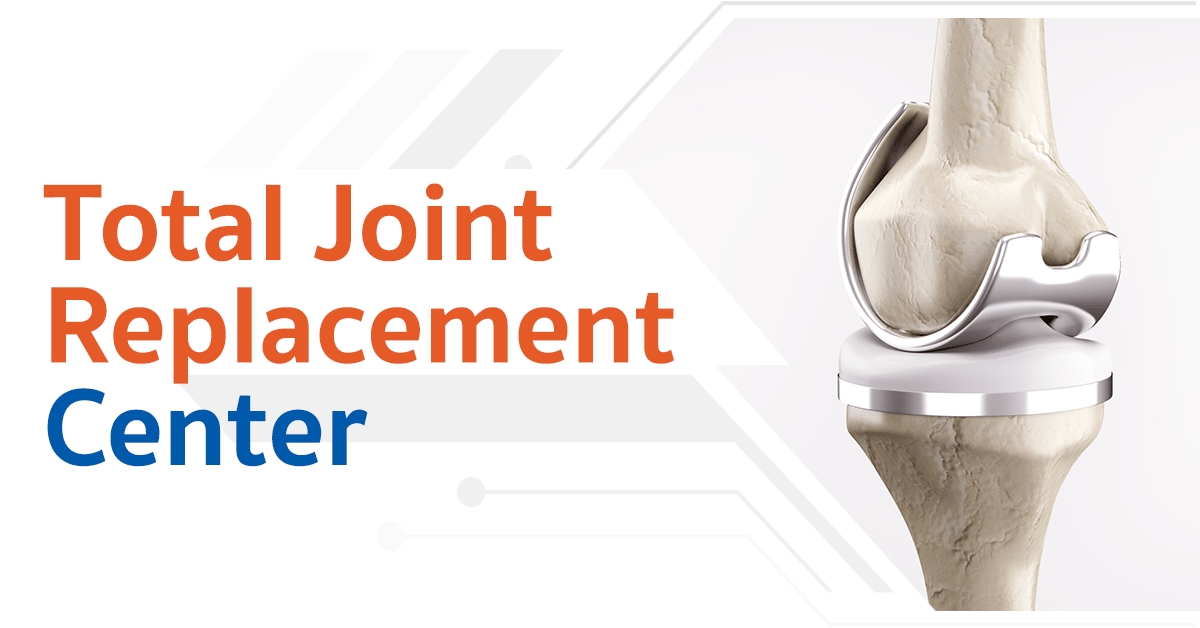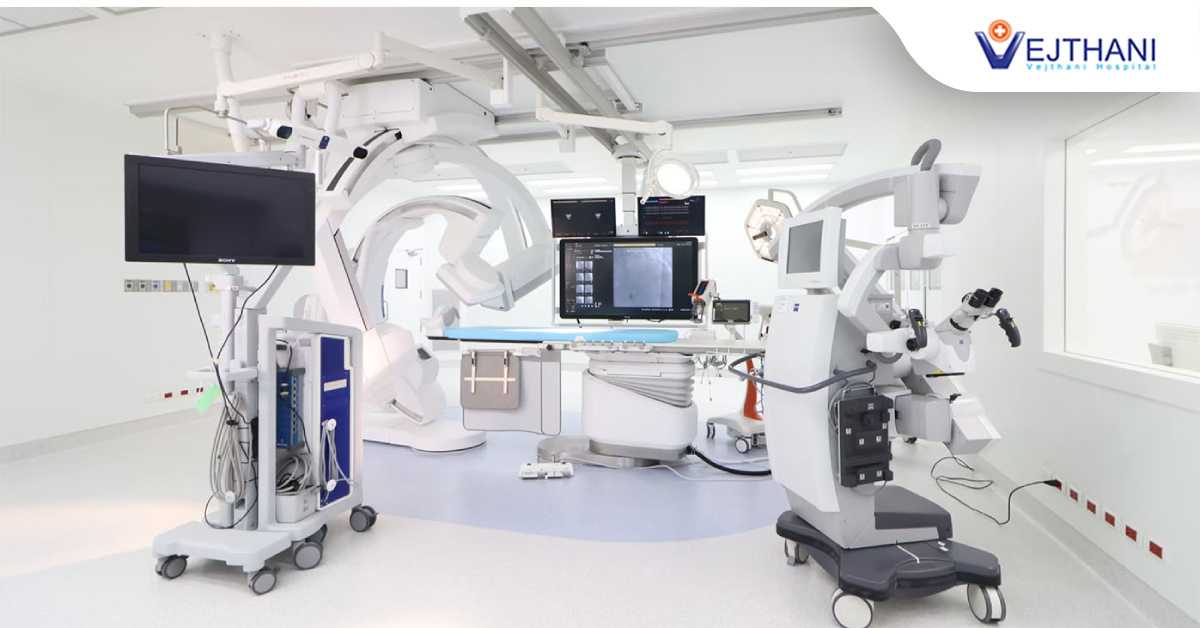
Primary biliary cholangitis
Overview
Primary biliary cholangitis is a chronic disease that affects the liver’s ability to function properly. It is caused by inflammation and damage to the bile ducts, which are small tubes in the liver that carry bile, a substance needed to digest food. As the damage progresses, it can lead to scarring in the liver (cirrhosis), making it difficult for the liver to work correctly. PBC is a progressive disease that worsens over time and can lead to liver failure and death if left untreated.
Although both men and women can develop PBC, it predominantly affects women. The disease is classified as an autoimmune disorder, which means the body’s immune system mistakenly attacks healthy cells and tissues. Scientists believe a combination of genetic and environmental factors contribute to triggering the disease, which typically develops slowly.
Unfortunately, there is currently no cure for PBC. However, medication can help slow the damage to the liver, particularly if treatment begins early. It is essential to diagnose and treat PBC promptly to manage symptoms and prevent further liver damage. [Text Wrapping Break]
Symptoms
A majority of individuals with primary biliary cholangitis are asymptomatic at the time of diagnosis, and the disease may only be detected during routine blood tests. However, symptoms may gradually appear over the next 5 to 20 years. Patients who exhibit symptoms at the time of diagnosis tend to experience worse outcomes.[Text Wrapping Break][Text Wrapping Break]As the condition worsens, individuals may initially exhibit signs such as:
- Fatigue
- Pruritus, which refer to itchiness in the skin.
- Abdominal discomfort
- Darkening of the skin
- Small yellow or white bumps under the skin or around the eyes
- Dryness in the eyes and mouth, which can cause irritation.
- Pain in the muscles and joint
As PBC progresses, patient may experience further symptoms such as:
- Yellowing of the skin and eyes (jaundice)
- Swelling of the legs, ankles and feet
- Presence of fatty deposits, also known as xanthomas, on the skin around the eyes, eyelids or in the folds of the palms, soles, elbows or knees
- Unexplained weight loss
- Swelling of the spleen (splenomegaly)
- buildup of fluid in the abdominal cavity (ascites) Osteoporosis, causing fragile and brittle bones that are prone to fractures
- Diarrhea, potentially with greasy stools known as steatorrhea
Causes
The exact cause of primary biliary cholangitis is unknown, but it is believed to be an autoimmune disease. Primary biliary cholangitis involves inflammation in the liver, which is caused by the accumulation of a type of white blood cells called T cells. Although T cells usually defend the body against harmful germs, in this condition, they mistakenly attack the healthy cells lining the small bile ducts in the liver, resulting in their destruction.
As the inflammation in the small bile ducts spreads, it damages other liver cells. With the death of these cells, scar tissue (fibrosis) forms, which can lead to the development of cirrhosis. Cirrhosis is a condition that involves the scarring of liver tissue, making it difficult for the liver to function properly.
Risk factors
The following factors may have an impact on your likelihood of developing primary biliary cholangitis:
- Age. Most often, it affects persons between the ages of 30 and 60.
- Gender. Women are more likely than men to have primary biliary cholangitis.
- Race. Although primary biliary cholangitis affects all races, persons of northern European ancestry get it most frequently.
- Heredity. PBC often runs in families, increasing the risk for other members if one is diagnosed.
Researchers believe that primary biliary cholangitis is brought on by a combination of hereditary and environmental factors. These environmental elements could consist of:
- Smoking
- Infections (e.g., Urinary Tract Infection (UTI)
- Toxic chemicals



















